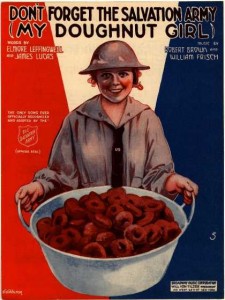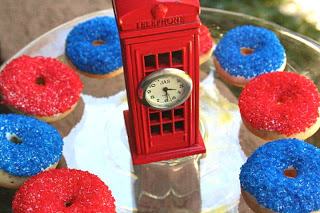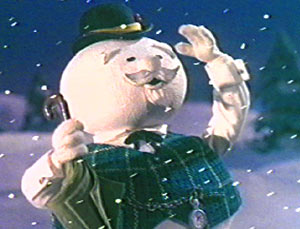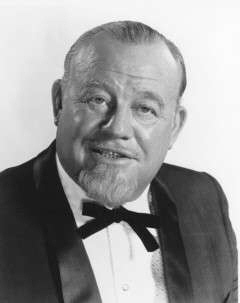
Stella Young, the Salvation Army Doughnut Girl
The first Friday in June is a very important day. It is National Donut Day. Krispy Kreme and Dunkin Donuts establishments all over the country are giving away free donuts (if you like that sort of mass-produced, overly-sugared sort of thing and with Dunkin, the donut is only free with a purchase). Here in the Bay Area, I would suggest the likes of Dynamo, Pepples, or Psycho Donuts. I have no idea if any of these establishments are doing anything special to mark the day
Those who are more concerned with their gratuitous hunk of calories probably don’t care WHY it is National Donut Day. But I do and I think it is a pretty cool story. Well, my friends, it all goes back to the Salvation Army and World War I. In April of 1917, when America joined the war, the Salvation Army was right there to support the troops. National Commander Evangeline Booth, working with Lt. Colonel William Barker, responded to a request from the troops to “bring over some Lassies” and Evangeline imported a total of eleven Army volunteers to Europe, including four single women. More Salvation Army volunteers followed and small hostels were established very near the American troops, often right at the front line. Many stories still exist where the women as well as men were in danger from gunfire and mustard gas.

Vintage postcard showing a Salvation Army Doughnut Girl
It was October of 1917 when Ensigns Helen Purviance and Margaret Sheldon were assigned to the First Division at Montiers-sur-Saulx. After more than a solid month of demoralizing, deluging rain, the girls wanted to do something to lift the spirits of the downtrodden soldiers. Supplies had run out and were difficult to buy locally. The only things they could purchase were flour, sugar, lard, baking powder, cinnamon, and canned milk. “What about pancakes?” the girls debated. “No good cold, or without syrup.” “Doughnuts?” Originally, the dough was all hand-made, patted flat and fried in a shallow pan, seven at a time. The story goes that on their first attempt, the two girls, working late into the night, drew the troops with the aroma of fried goodness and served 150 handmade wonders. The requests overwhelmed them and more than double the amount of doughnuts was requested by the second day, with soldiers reminded of the flavors of home, lining up in the pouring rain for a single morsel.

Ansauville c.1918
The soldiers cheered the doughnuts and soon referred to the Salvation Army lassies as “Doughnut Girls” even when they baked apple pies or other treats. The simple doughnut became an iconographic symbol of all the good that the Salvation Army was doing to ease the hardships of the frontline fighting men. The American Expeditionary Force was nicknamed “The Doughboys” and from being viewed with an attitude of skepticism the Salvation Army soon became the most popular organisation among the troops in France.
The importance of the Doughnut Girls and what they did for our troops grew. War correspondents and the letters home from the soldiers told stories of  many of the girls who, besides frying doughnuts, became field nurses who suffered the inflictions of the gas and were often killed alongside those boys they were there to assist. While the organization is more known today for its Santa Claus-clad volunteers ringing handbells outside of department stores during the holidays, in so many ways we have the Salvation Army to thank for American’s obsession and love of doughnuts — and the fact that they memorialized all of this in 1938 by announcing that the first Friday of June would be National Doughnut Day (or, National Donut Day, depending on how you spell it).
many of the girls who, besides frying doughnuts, became field nurses who suffered the inflictions of the gas and were often killed alongside those boys they were there to assist. While the organization is more known today for its Santa Claus-clad volunteers ringing handbells outside of department stores during the holidays, in so many ways we have the Salvation Army to thank for American’s obsession and love of doughnuts — and the fact that they memorialized all of this in 1938 by announcing that the first Friday of June would be National Doughnut Day (or, National Donut Day, depending on how you spell it).

And the best treat of all – I invite you to listen to one of the original songs compliments of the technological marvel of an MP3. Written by Arthur Fields, the song Don’t Forget the Salvation Army was recorded on an Edison Blue Amberol 3796 in 1919. The sheet music cover is obviously designed after the photograph above of miss Stella Young, one of the original Doughnut Girls, clad in her Salvation Army uniform complete with helmet, with a ray of patriotic colors behind her. Here’s to you, Salvation Army and to all the Doughnut Girls everywhere.
Pennies, nickels, dimes, and quarters, hear them ring
Oh what joy and what oh what bliss those coins can bring
For now our boys are landing at our shores everyday
This is what you’re bound to hear them say,
“Don’t forget the Salvation Army
Always remember my doughnut girl!
She brought them doughnuts and coffee
Just like an angel she was their best pal
As brave as a lion, but meek as a lamb,
She carried on beside the sons of Uncle Sam
So don’t forget the Salvation Army,
Remember my doughnut girl!”
Glory Hallelujah you will hear them shout
Helping any stranger who is down and out
Humanity uplifting in their most cheerful way
Is it any wonder that we say,
chorus



















